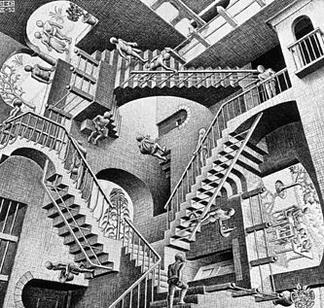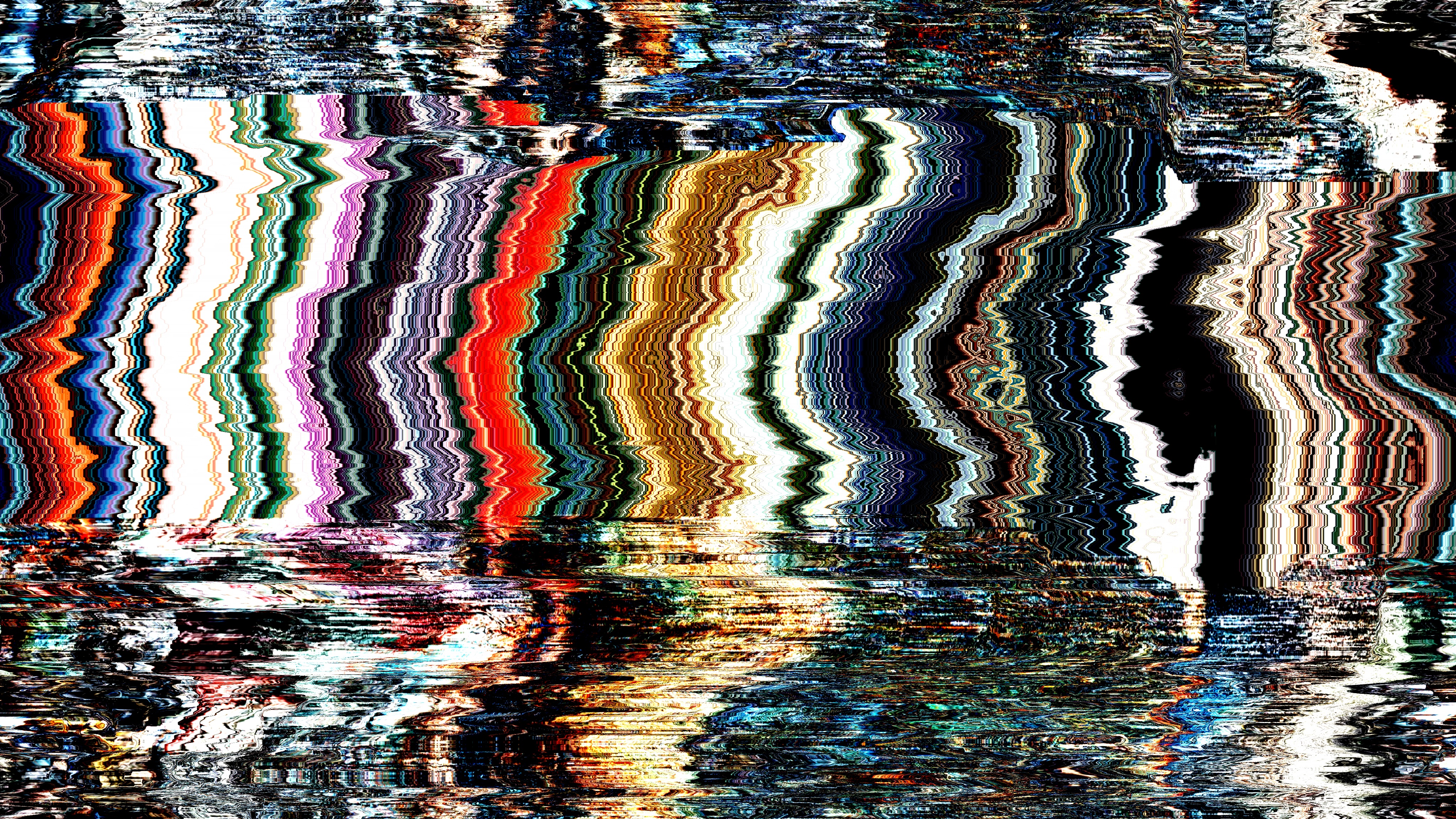While math and art are commonly thought to be quite
unrelated, they both similarly have their roots in nature as we see with the
fractals, which are repeating patterns at every scale. Fractals are often
thought to be solely a mathematical concept, with computer scientists using it
in modern-day computing and science; however as explained in African Fractals
by Ron Eglash, organic fractal designs such as tree branches and algae have
been used “for centuries to design textiles, sculptures, architecture,
hairstyles and more” by Africans.
 |
| Figure 1 - "Koch Curve Loop" http://www.collegeenvy.com/wp-content/uploads/2014/03/gif81.gif |
The website reminded me of a book called Sacred Geometry by Miranda Lundy; Lundy
gives insight on how matter may be organized into particular shapes (such as
fractals) and explores the relationships between shapes, mathematics, music,
and physics. Referring to Figure 2, Lundy explains that these patterns “form
the basis for pattern construction in many traditions of sacred and decorative
art across the world. They can be found underlying Celtic and Islamic patterns
and in the natural world they appear as crystal and cellular structures” (Sacred Geometry 100). I feel that this
ties in nicely with Eglash’s view and corroborates the idea that both art and
math originate from the observation of nature.
 |
| Figure 2 - Image from Sacred Geometry |
An example of an artist whose artwork is heavily influenced
by mathematics is M.C. Escher. Escher, who had only received secondary school
level mathematics training, created works that were recognized as “an
extraordinary visualization of mathematical principles”. Escher’s arguably
greatest work, Relativity, conforms
to this notion as its focus is based on the manipulation of the laws of gravity
and perspective.
 |
| Figure 3 - Escher's Relativity http://upload.wikimedia.org/wikipedia/en/a/a3/Escher%27s_Relativity.jpg |
One more recent style of art that I find interesting is “glitch
art”; it is a great representation of art coming together with mathematics and
specifically computer science. Generally, glitch art is created by taking a digital
photograph and distorting it by altering its data using text editor. An example
of glitch art would be Mathieu St-Pierre’s Caffeine
4 shown below. I believe that glitches are similar to fractals in that
glitches and fractals are normally associated with computer science/math,
however they have in fact found their way into art and even music (glitch hop).
 |
| Figure 4 - Caffeine 4 by St-Pierre https://matstpierre.files.wordpress.com/2012/07/image42.jpg |
From exploring entire mathematical
concepts like Escher’s work to glitch art used to express great distortions or
in pieces like Caffeine 4, eccentricity
and energy, mathematics has woven its way within art and science and its
effects are limitless.
Citations
- Eglash, Ron. "African Fractals." African Fractals. N.p., n.d. Web. 11 Apr. 2015.
- Koch Curve Loop. Digital image. College Envy. N.p., Mar. 2014. Web. 11 Apr. 2015.
- Lundy, Miranda. Sacred Geometry. New York: Walker, 2001. Print.
- Escher, Maurits C. Relativity. Digital image. Wikimedia. N.p., 27 Sept. 2012. Web. 11 Apr. 2015.
- St-Pierre, Mathieu. Caffeine 4. Digital image. Wordpress. N.p., 30 July 2012. Web. 12 Apr. 2015.
Hi Matthew,
ReplyDeleteYour post is really interesting. The gif picture has given the reader a great illustration of how wonderful the mixture of arts and math is. Also, your talk about Escher's reminds me of my own discussion on the "perspective" ideas that have been widely applied in the history of art. Thanks for sharing all these insightful information!